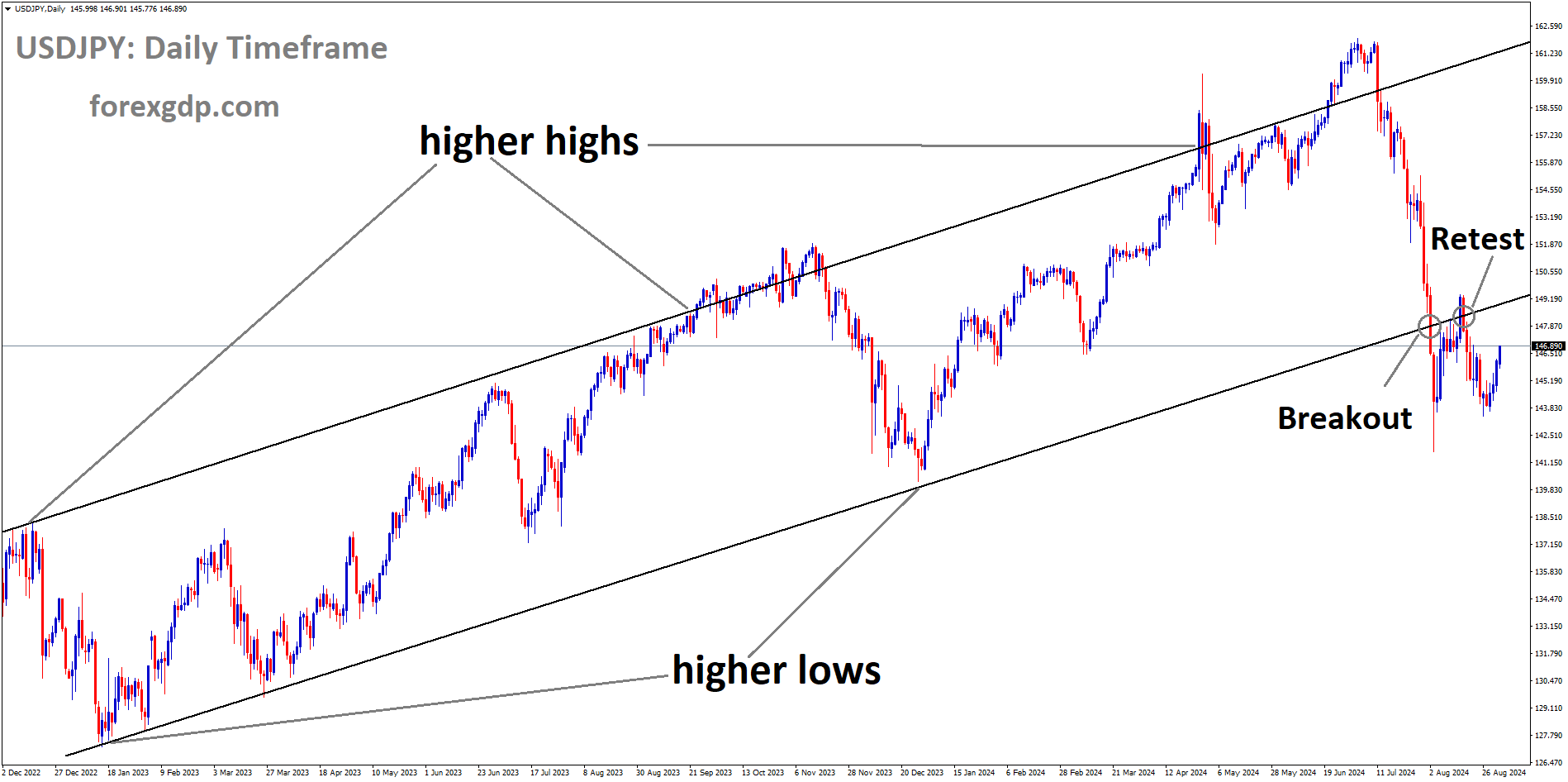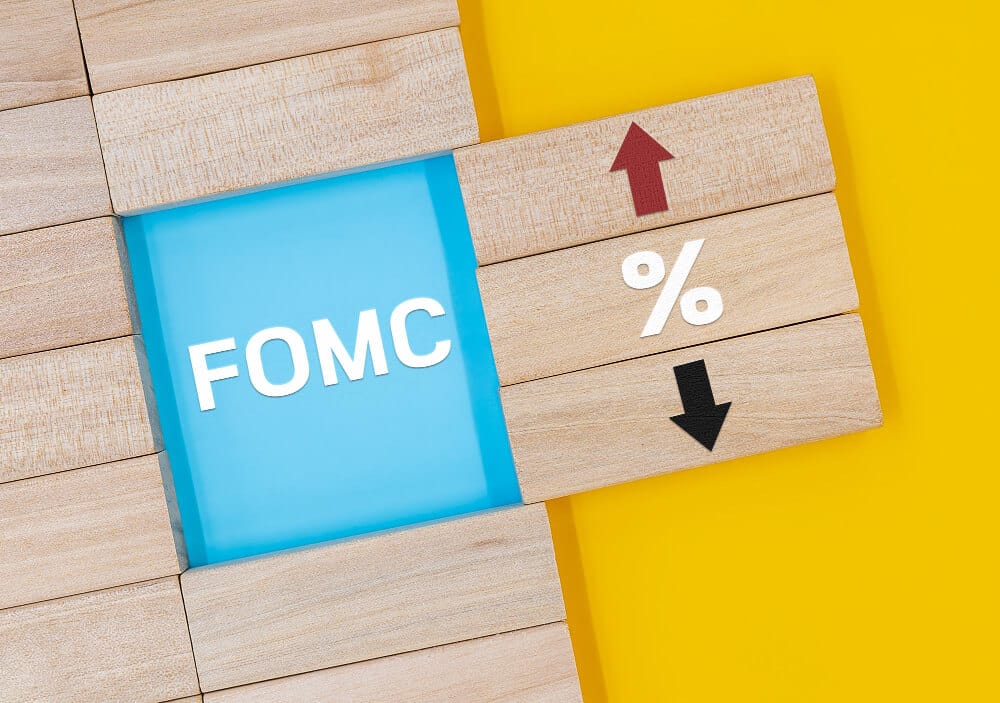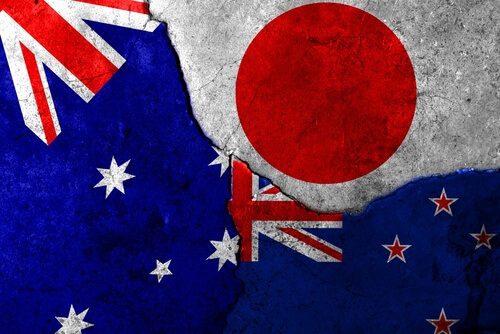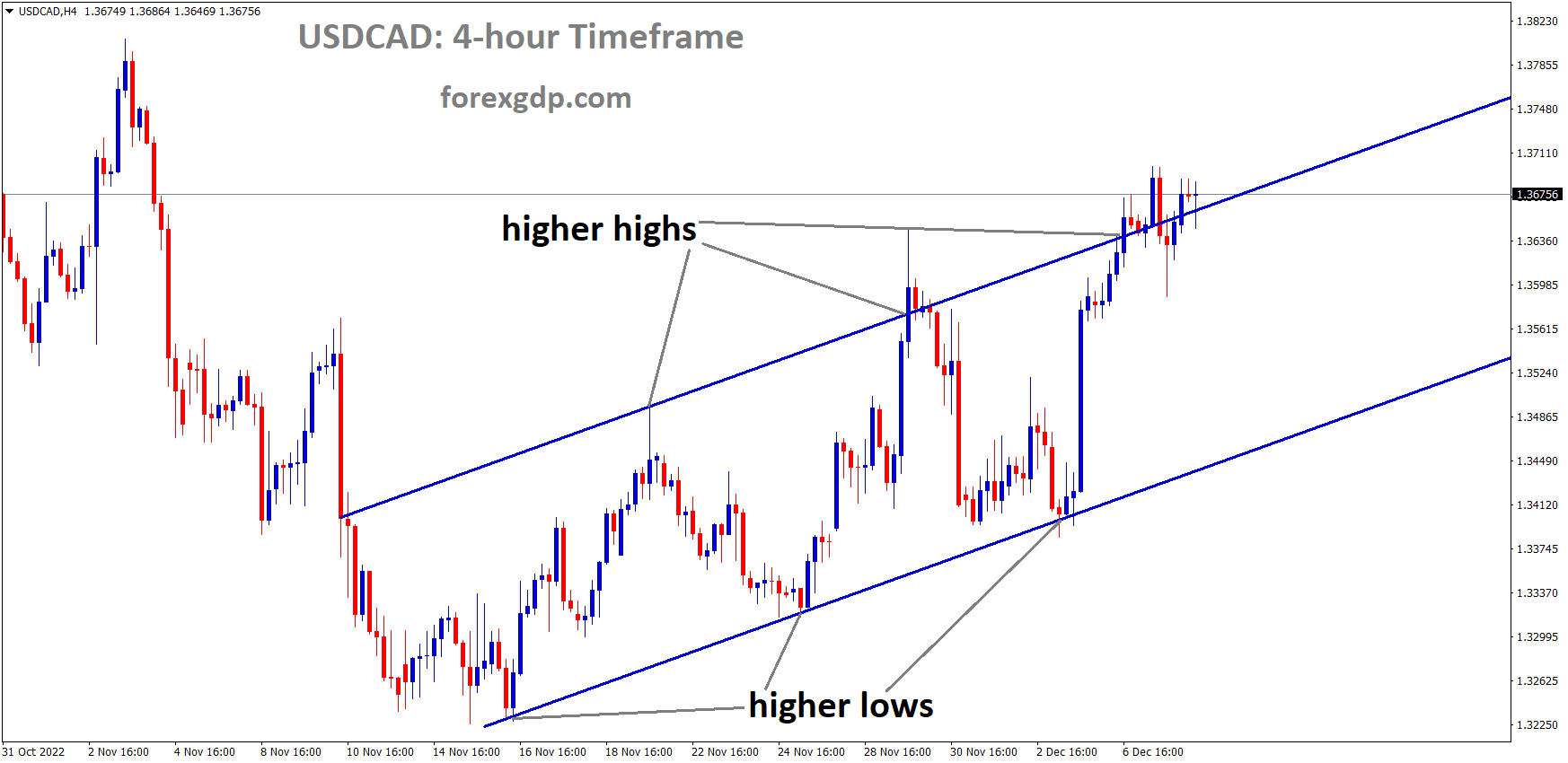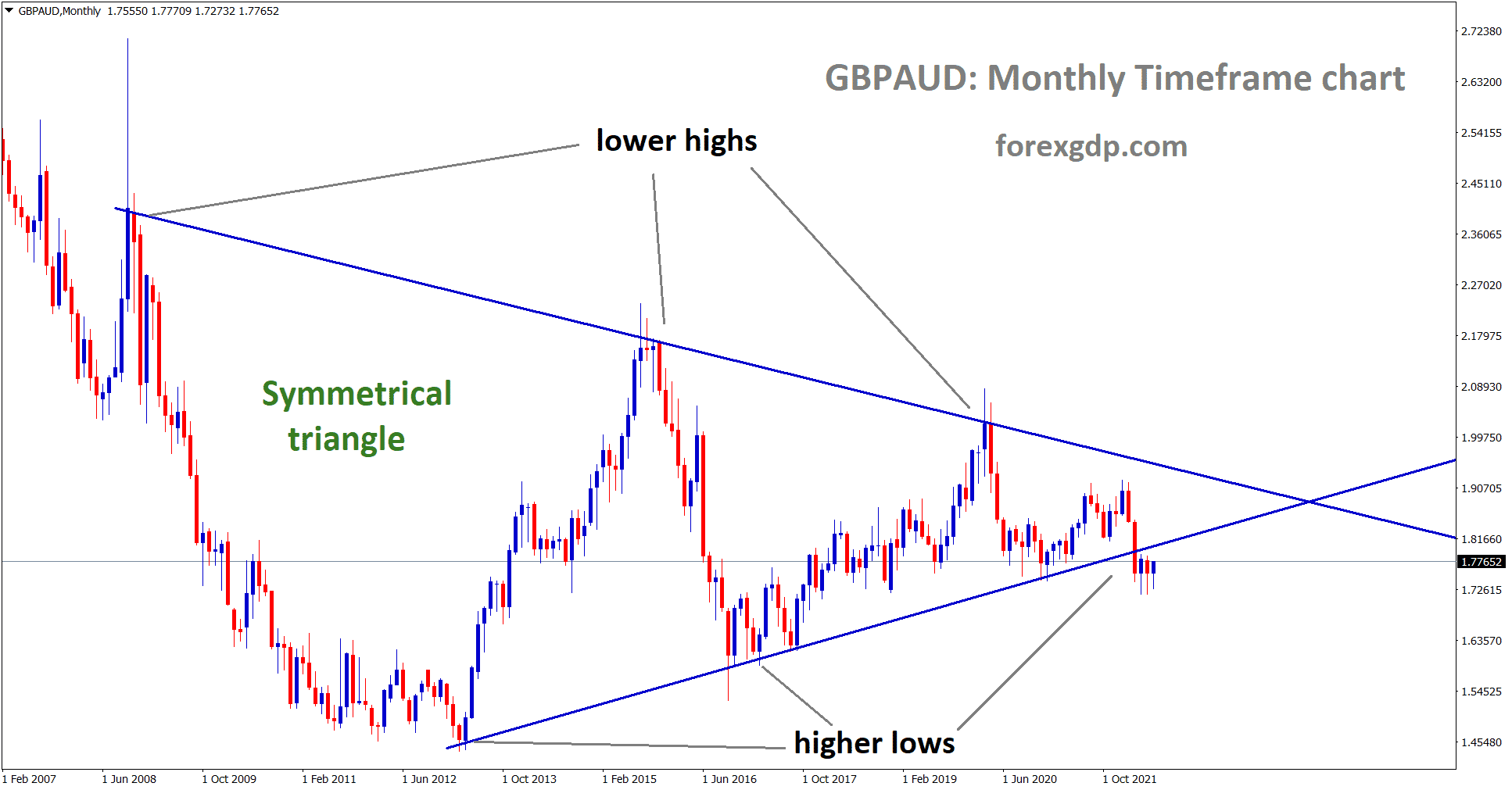USDJPY has broken Ascending channel in upside
#USDJPY Analysis Video
Why the Japanese Yen is Struggling Despite Positive Economic Data
The Japanese Yen (JPY) recently faced a decline against the US Dollar (USD), even though Japan released some positive economic data. If you’ve been keeping an eye on the financial markets, you might be wondering why the Yen, with all this favorable news, isn’t doing better. Let’s dive into what’s going on, focusing on the key factors driving this situation.
Economic Data: What’s Happening in Japan?
Japan has been sharing some good news about its economy. For instance, Japan’s Manufacturing Purchasing Managers’ Index (PMI) for August was slightly better than expected, moving up to 49.8 from 49.5. While it’s still below the 50-mark, which separates expansion from contraction, this improvement suggests the manufacturing sector might be stabilizing. Additionally, Japanese companies reported a significant 7.4% increase in capital spending for the second quarter. These are clear signs that Japan’s economy is showing some resilience.
However, there’s more to the story than just the numbers. Despite these encouraging signs, the Japanese Yen has not gained the strength one might expect. The Yen’s struggle comes down to a combination of international factors and market sentiment, which are crucial to understanding the bigger picture.
The Role of US Economic Data and Federal Reserve Policies
One of the biggest players in the currency game is the US Federal Reserve (Fed). When the Fed makes moves or even hints at changes, it sends ripples through the global economy. Recently, the release of the US Personal Consumption Expenditures (PCE) Index data for July had a notable impact. This index, which measures the prices people in the US pay for goods and services, plays a significant role in shaping the Fed’s decisions on interest rates.
In July, the PCE Price Index rose by 2.5% year-over-year, matching the previous month’s reading but falling short of the estimated 2.6%. The core PCE, which strips out the more volatile food and energy prices, also held steady at 2.6%, just below the forecast of 2.7%. These figures suggest that while inflation is cooling, it’s not cooling fast enough for the Fed to consider aggressive interest rate cuts. As a result, traders are pulling back on their expectations for a large rate cut in September, which has supported the strength of the US Dollar.
When the USD is strong, currencies like the Japanese Yen often struggle to keep up. This is because investors tend to move their money into stronger currencies to maximize returns, leading to a decline in weaker currencies like the Yen.
Japan’s Domestic Challenges: Inflation and Unemployment
Back in Japan, the picture is a bit mixed. On the one hand, Tokyo’s Consumer Price Index (CPI) increased to 2.6% year-on-year in August, up from 2.2% in July. This rise in inflation could have been a reason for the Yen to strengthen, as higher inflation often leads to higher interest rates, which can boost a currency’s value.
However, Japan also reported an unexpected increase in its unemployment rate, which climbed to 2.7% in July, up from 2.5% in June. This is the highest jobless rate Japan has seen since August 2023. A higher unemployment rate can dampen economic optimism, as it indicates that fewer people are working and spending money, which can slow down economic growth.
The Bank of Japan (BoJ) has traditionally maintained a more dovish stance, meaning they prefer to keep interest rates low to stimulate the economy, even if it means a weaker Yen. This approach contrasts with the Fed’s more hawkish stance, where they’re more likely to raise rates to keep inflation in check, supporting a stronger USD.
Global Factors and Market Sentiment
It’s not just Japan and the US that are influencing the Yen’s value. Global market sentiment and geopolitical risks also play a big role. Japan’s Finance Minister, Shunichi Suzuki, recently pointed out that foreign exchange rates are influenced by various factors, including monetary policies, interest rate differentials, and geopolitical risks.
USDJPY is falling after retesting the broken Ascending channel
For example, if there’s uncertainty or tension in the global political landscape, investors might flock to safer assets like the USD, further weakening the Yen. On the other hand, if global markets are optimistic, there could be more support for riskier assets, which might help the Yen recover.
Moreover, market sentiment can be quite fickle. Traders and investors are constantly reacting to the latest news, data releases, and comments from central bank officials. For instance, when the US released better-than-expected GDP growth data and lower-than-expected initial jobless claims, it bolstered confidence in the US economy, making the USD even more attractive and putting more pressure on the Yen.
What Lies Ahead for the Japanese Yen?
So, where does this leave the Japanese Yen? While Japan’s economy shows signs of improvement, the global forces at play, particularly the strength of the US Dollar, are likely to keep the Yen under pressure in the short term. Traders will be closely watching upcoming economic data, both from the US and Japan, to gauge how these factors might shift in the coming weeks.
If the US continues to post strong economic data, and the Fed maintains its current stance, the Yen may continue to struggle. However, if Japan can show more robust economic growth or if global market sentiment shifts in favor of riskier assets, we might see the Yen regain some ground.
Final Summary
In summary, the Japanese Yen’s recent decline against the US Dollar is a complex story of domestic economic data, international financial policies, and global market sentiment. While Japan has shown some positive economic signals, such as improved manufacturing data and increased capital spending, these have been overshadowed by the strength of the US Dollar, driven by solid economic data and the Federal Reserve’s cautious approach to rate cuts. Additionally, Japan’s rising unemployment rate and the Bank of Japan’s dovish stance have further weighed on the Yen. As we move forward, the interplay between these factors will continue to shape the Yen’s performance in the global currency markets. Keep an eye on the news, as the situation is dynamic and can change with the next data release or central bank statement.
Don’t trade all the time, trade forex only at the confirmed trade setups
Get more confirmed trade signals at premium or supreme – Click here to get more signals , 2200%, 800% growth in Real Live USD trading account of our users – click here to see , or If you want to get FREE Trial signals, You can Join FREE Signals Now!



